It’s a beautiful thing when a career and a passion come together
Do you know of at least one other person that does embroidery for fun?
We’re starting to see more people beginning to embroider as a hobby nowadays. Fortunately for some, that hobby can become a means of making money! Sounds pretty incredible, doesn’t it? If you’re a passionate embroiderer, the sound of making money while doing what you love probably has you drooling in aw!
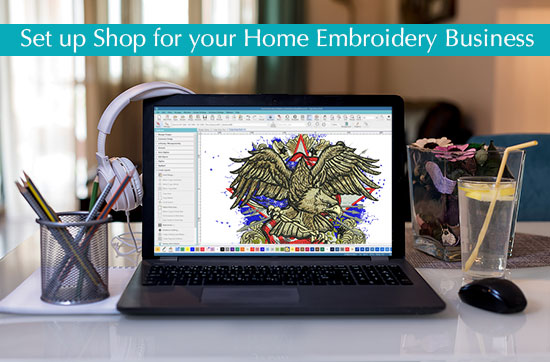
Starting a business in the home embroidery industry isn’t always easy, but if you work hard and stay committed, it can be very well worth the efforts you put in! Who wouldn’t want to increase their income?
How to start an embroidery business
Starting an embroidery business isn’t easy because of all the information you have to digest before turning your passion into a money-making machine. If you’re struggling with where to start, I highly suggest you check out our five crucial steps to start an embroidery business here.
After making these first steps, you’ll want to help your business grow by making better use of your businesses’ income. So, we’ve come up with some tips to help you maximize your profits. Our five tips to maximize profit for your embroidery business can be found here. After you begin to grow a profit from your embroidery business, there are many mistakes you should try your best to avoid to remain profitable and ensure growth. So why not learn from our decades of experience in the embroidery industry and prevent them from the beginning? We have a free guide to help you prevent common mistakes that could cost you big when running your home embroidery business. Stay on track and help ensure your new business stays cash flow positive by checking out our seven financial mistakes that will hurt your embroidery business by clicking here.
If you’re serious about wanting to turn your hobby into something profitable or already run an embroidery business and want proven tips & techniques that’ll help make you more successful, check out our premium How to Make Money with Embroidery workshop here. This workshop includes 6.5 hours of education, 8 different lectures, a 33 page “Cheat Sheet” PDF, and the ability to rewatch at your convenience.
Now that you know about some of the amazing resources we’ve created to help you start and thrive with your embroidery business, read the tips below on how to start setting up shop to best optimize your workflow. Even if you’re not looking to start an embroidery business, these useful tips and tricks will still help you optimize your embroidery workflow and best utilize your crafting space (particularly small spaces).
Efficiently setting up shop for your home embroidery business
One of the first issues one might face when just starting is where do I set up shop? Unfortunately, when starting a business, most of us are not loaded with cash! Leasing an office / retail space is almost always out of the picture. So in this article, we’re going to show you how you can easily set up your embroidery workspace at home without taking up much space!

For many people starting in embroidery, setting up in a spare bedroom is the most economical way to get a business up and running. If you don’t currently own the property you’re living in, you may not want to remodel a bedroom knowing that you will move into a new location sooner or later. Instead of remodeling an entire room, we are going to be taking advantage of the closet!
Setting up an embroidery workspace in your closet can save you tons of space and help to keep a small area uncluttered. If you’re creating physical items that you plan on sending to your customers and making a profit with your embroidery, it’s more than likely you will have numerous embroidery tools and items to store. Keep in mind, you will need a majority of these items close by as you will be using them regularly.
How to organize your embroidery work space
Thread, stabilizers, hoops, orders to be finished, and orders ready for pickup are just a few things to find a place for. Most bedrooms have a two sliding door closet. You can remove the doors for easy access or keep them on to hide your work area while you are not working. This closet is a huge benefit behind setting up in a closet. Unlike dedicating an entire room to your workspace, it’s easy to close the doors and keep out of view!
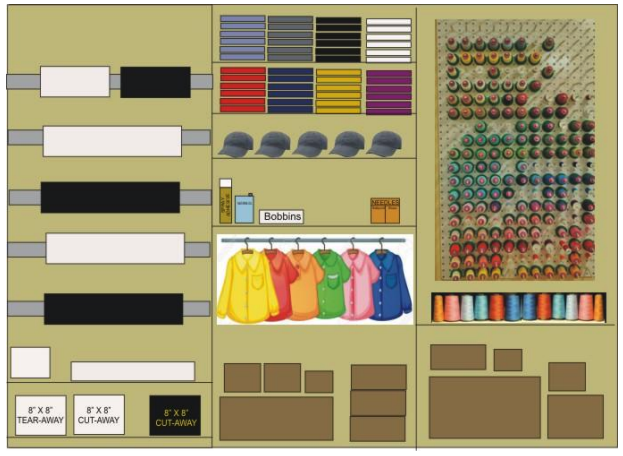
By dividing your work area into three sections, you can have all the materials you’ll need to fulfill orders. I would recommend using the first section for stabilizers, the second for items ‘to be embroidered’ and some space for supplies, and the third for your thread stash (don’t lie, we all have one). Although this is how I recommend setting up your embroidery space, feel free to organize your work area according to your own space and needs!
Embroidery stabilizers
Let’s start with the stabilizers. When you’re embroidering to make profits, it’s important to remember that every penny counts! You don’t have to buy lots of different sizes of precut pieces of stabilizer. Buying in rolls is usually a more cost-effective option, plus you can customize sizes yourself with the rolls!
Placing wooden dowel rods for hanging the stabilizer rolls will keep them up, giving you easy access to them and making them extremely easy to cut. Having both white and black in cut-away and tear-away is the ultimate way to go. I highly suggest storing a few precut sizes of stabilizer you commonly use on shelves below the rolls.

Make a small slit in the dowel rod and place a measuring tape in it and you can pull the backing down and cut the exact length you need. Place a slit on each rod and move the measuring tape when you need to cut pieces from another roll.
As I mentioned earlier, when starting a business, you want to save as much as possible! Watch for local and online specials and buy your rolls of stabilizer when they are on sale. Sometimes purchasing a bigger roll is the best buy. If you’re looking to order online, most online supply companies give free shipping for orders over a certain amount, so why not wait until you have a large enough demand and save on shipping? Here’s an example of a layout for the stabilizer portion of your workspace:
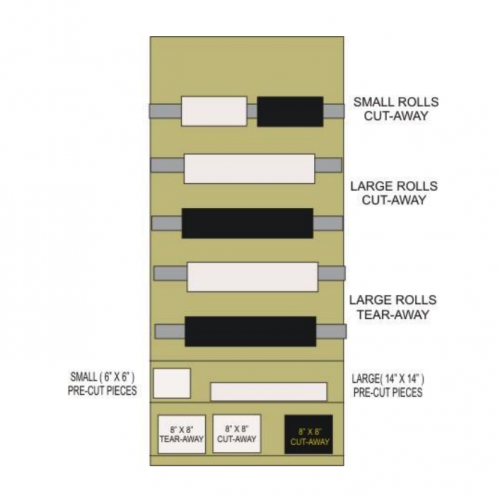
Check out our Complete Guide to Machine Embroidery Stabilizers where we discuss stabilizer brands, puckering, and when to use them by clicking here.
Materials to be embroidered
Having a few different T-Shirts, hoodies, hats, among other items you can embroider on and sell in high quantities, is going to be a big portion of how you make your money. Therefore it’s important to always have some on hand. Do your best to keep track of what items, sizes, and colors you are using the most. Again thinking with your wallet and buying them when they are on sale saves you money and saves you time when you need the items in a hurry! If you are purchasing shirts/hoodies in one color but different sizes, you can turn the shirts in another direction, so you know how many of what size you have on hand.
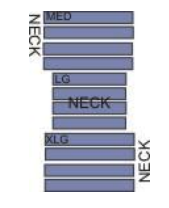
Check out the 3 main fabric categories used in machine embroidery and when to use them here.
Now because we’re working in a smaller space, organization is key! You will need a designated area for machine supplies and items such as machine oil, spray adhesive, scissors, extra thread socks, stitch erasers, hooping stations, and other tools. I can’t stress enough how important it is to be organized! Misplacing items can put a bullet in your productivity and workflow!
Having space for orders waiting to be embroidered should be out of the way, so they don’t get mixed with orders you are already working on. When all items ordered for a particular customer have arrived, place them in a box with the order number or name of the customer and store them until you are ready to work on that order. Do the same with orders you have completed. Keep them separate from items you are waiting to work on! You don’t want to start mixing up orders as not only will it make your job a lot harder and more stressful, but mixing up orders won’t give you happy customers! Ensure all boxes are marked, so finding what you want when you need it will be easy to do. I’m sure you can agree that not finding something, where it should be, can be quite frustrating!
Here’s an example of how you could set up this section of your workspace:
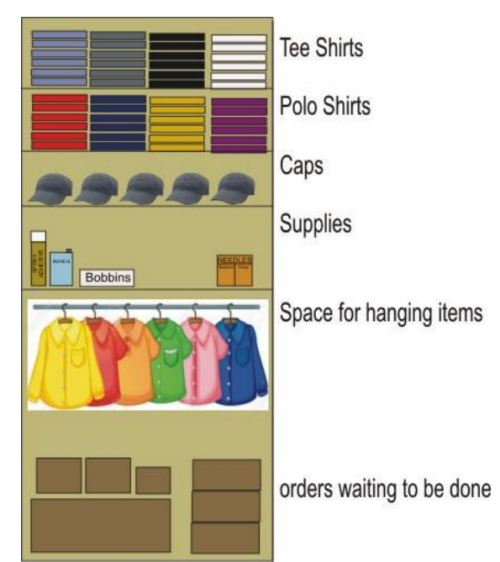
Embroidery thread
Now that we’ve covered the other two sections of the closet, all we’re left with is the thread!
Here’s a helpful thread tip for you: many people aren’t aware, but the best way to store thread is hanging it in an area away from light and dust. If you have it where the sun hits it, it can cause your thread to dry, and it will cause more thread breaks while stitching. Also, keeping it consistently at the same temperature can add to the lifetime of your thread. If the thread warms up then cools down, it may not get completely dry before it gets hot again, leaving the thread down inside the cone damp and causing it to rot away. Try your best to keep your thread in a dry area free of dust and light.
A great way to keep your thread organized is by either purchasing or creating a pegboard! Having a pegboard to organize your thread is incredibly helpful as it not only gives you easy access to your thread but also gives great visibility of your colors. I would recommend putting your “every day” threads on the pegboard board and store other threads such as metallic or rayon in a separate area.
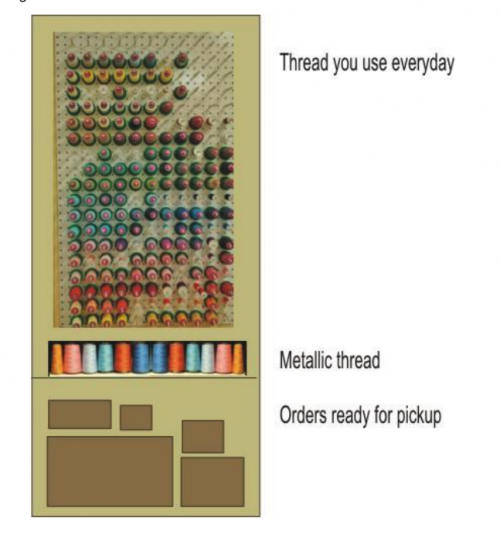
Check out the different types of machine embroidery thread and when to use them here.
Apply these tips when setting up your home embroidery business
These are just a few ideas of ways you can use your closet as an embroidery workspace. The best way to design your space is to measure your work area, draw a to-scale picture of the space and then divide it into the spaces you will need. This way, you will be sure everything will fit before you place dividers and shelves. You may even be able to move your entire setup to your new space when you move.
Starting a business takes a lot of time, dedication, and hard work. However, if you love the work you’re doing, you’ll never work a day in your life.
Good luck with the start of your business! The next step of your Embroidery Legacy starts here with ours.
Please note: This blog was written by the Embroidery Legacy and our long time friend Connie Smith! Connie is an expert embroiderer and has been both an educator at commercial shows and a contributing writer in trade publications for over 30 years. If you’ve enjoyed this article, have a question, or would like to see more articles written by Connie, please let us know in the comments section below 🙂
P.S. Looking to start an embroidery business or want accelerated results in turning your current embroidery business into a profit center? Check out our new How to Make Money with Embroidery workshop! Featuring 8 lectures taught by industry experts, this webinar will teach you how to streamline your workflow, increase your profits, and find new customers. Click here to learn more now.

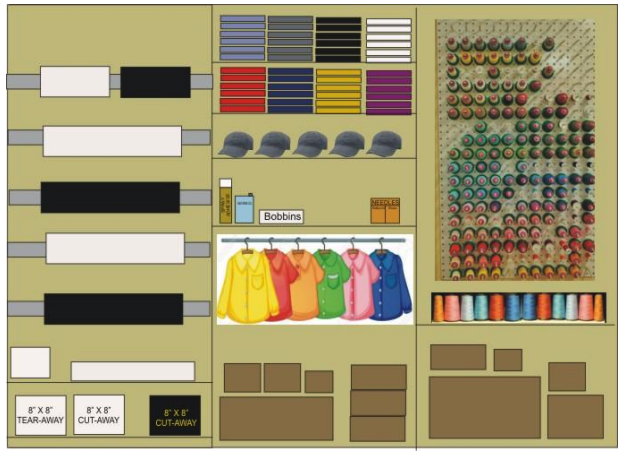
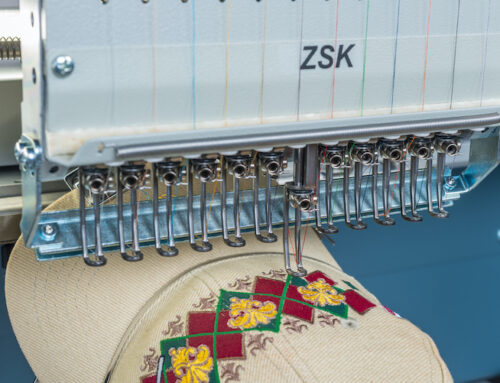
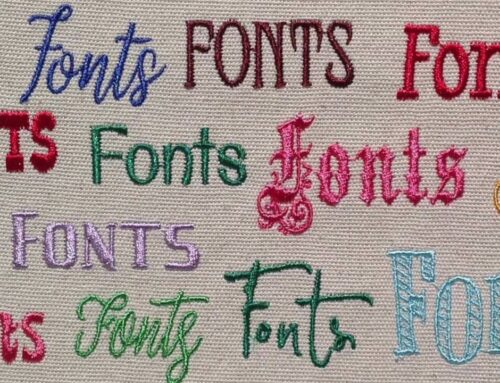
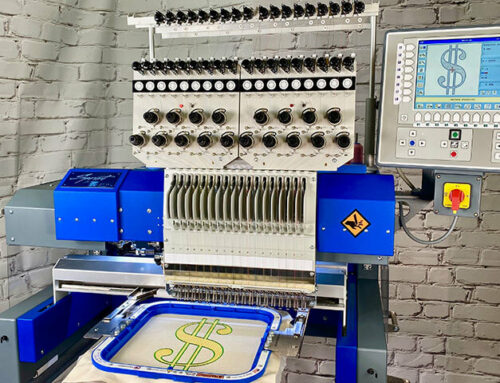

Very helpful—thank you!!
You’re most welcome 🙂
Thank you so much for this great information , was much needed
Glad you enjoyed it RoseMarie 🙂
Very helpful
As always… these vidoeo or written information statements are fun and beneficial to watch or read. Being in the embroidery business for over 12 years it the old saying ‘you learn something new everyday’ is what I live by. It is nice to see new and different ways people in the same industry handle the same issues in close resolutions but make their situation(s) unique to them and can share that information. Then those just entering the trades can use bits and pieces to make the ideas work for them.
Thank you for the kind words John, very glad to hear you enjoyed the article & videos! Agreed, always great to learn for a numerous sources 🙂
Thank you for all the tips and suggestions for setting up a work space. Mine is still in the process and I will certainly keep these in mind.
You’re welcome Gail, thanks for taking the time to read.